Ke Ga Cape and golden rocks by the blue sea and white sand
Chủ Nhật 06/08/2023 , 15:16 (GMT+7)(VAN) Ke Ga Cape in Ham Thuan Nam, Binh Thuan is an ideal weekend tourist destination after the Long Thanh - Dau Giay - Phan Thiet highway is connected.
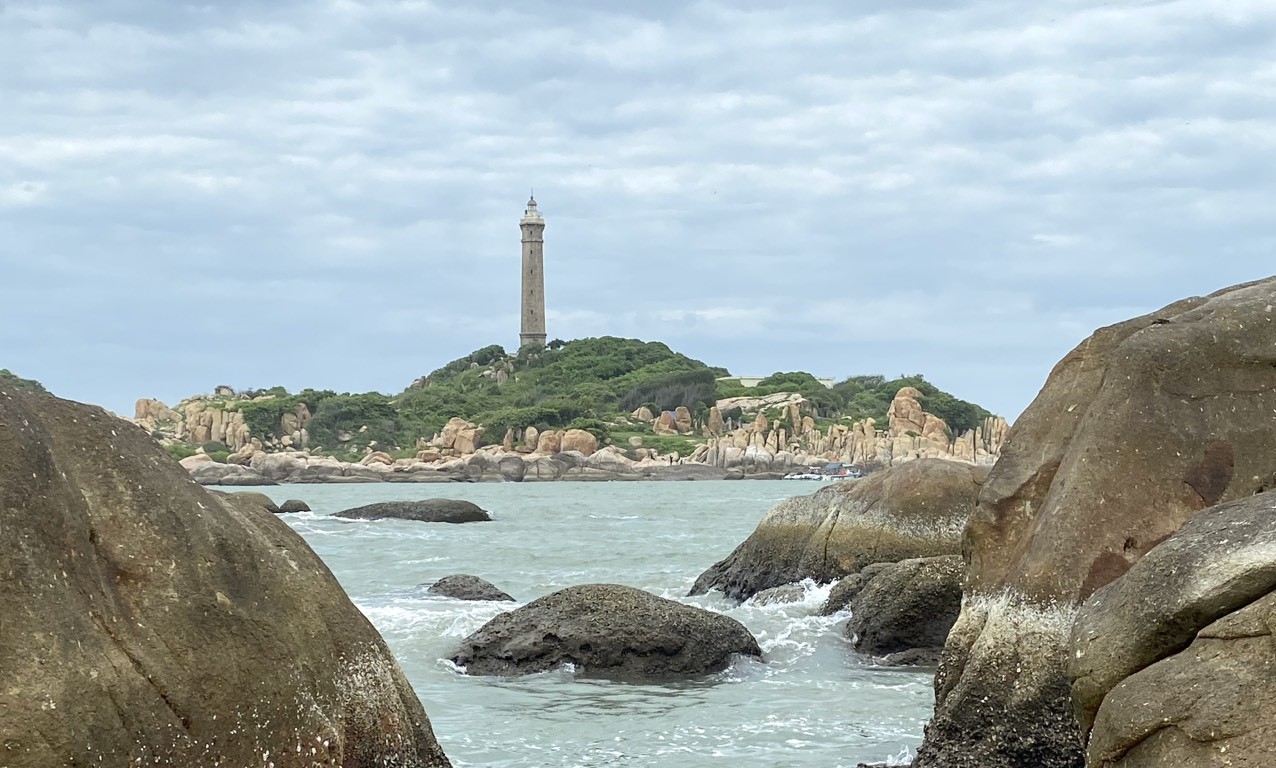
The Ke Ga Lighthouse is more than 100 years old.
Ke Ga Cape is located in Ke Ga village, Tan Thanh commune, Ham Thuan Nam district, Binh Thuan province. Ke Ga Cape is just a small dot on the geographical map of the Central region, but it is one of the most pristine and attractive bays for tourists in the South today.
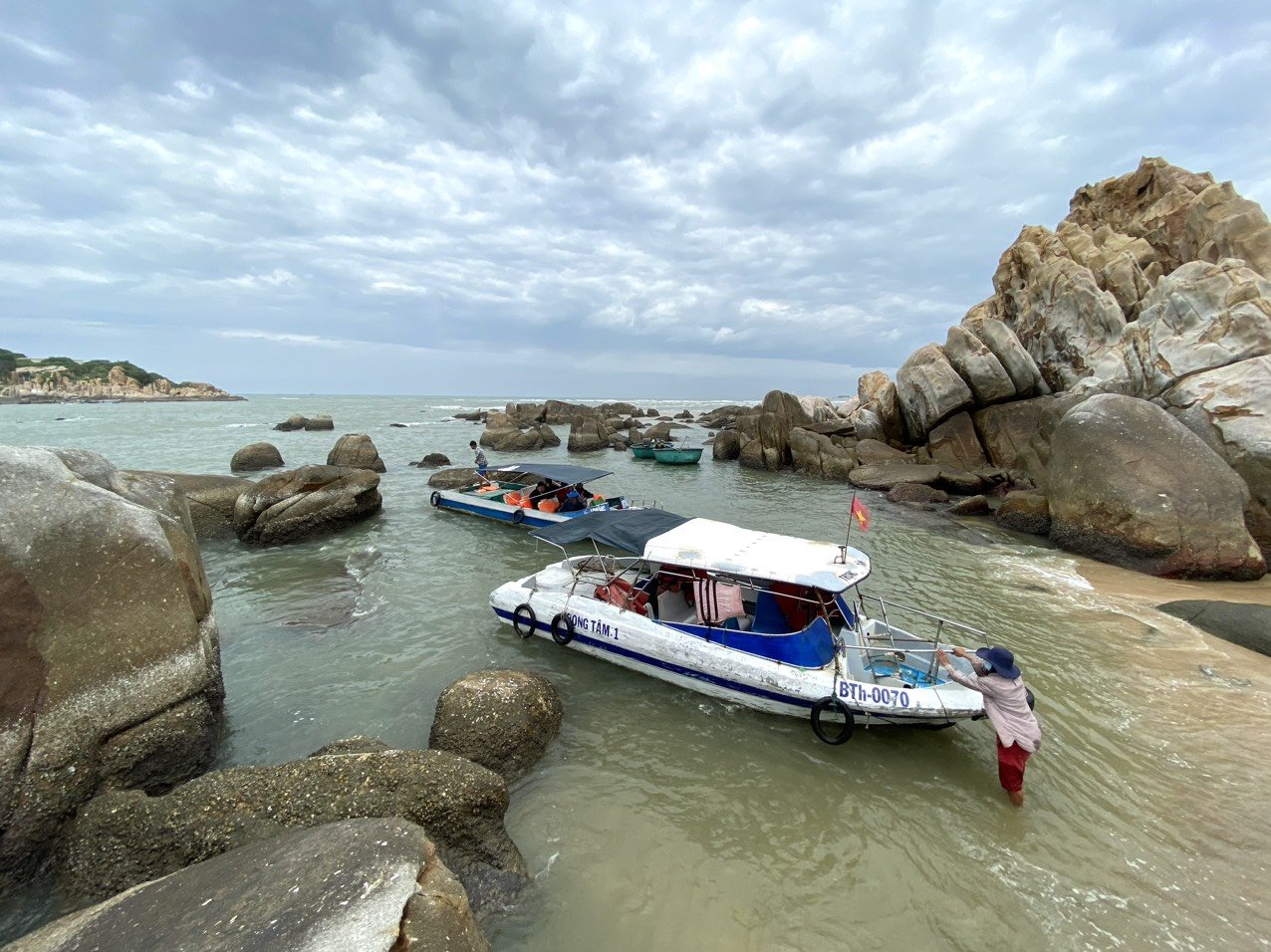
Visitors can travel by service boat to visit the Ke Ga lighthouse.
Ke Ga Cape has many different interpretations of the origin of the name. According to historical records, this small island is a separate part from Cam Ke Mountain and there are many flocks of wild chickens with colourful feathers living in the streams, that's why it is called Ke Ga Cape.
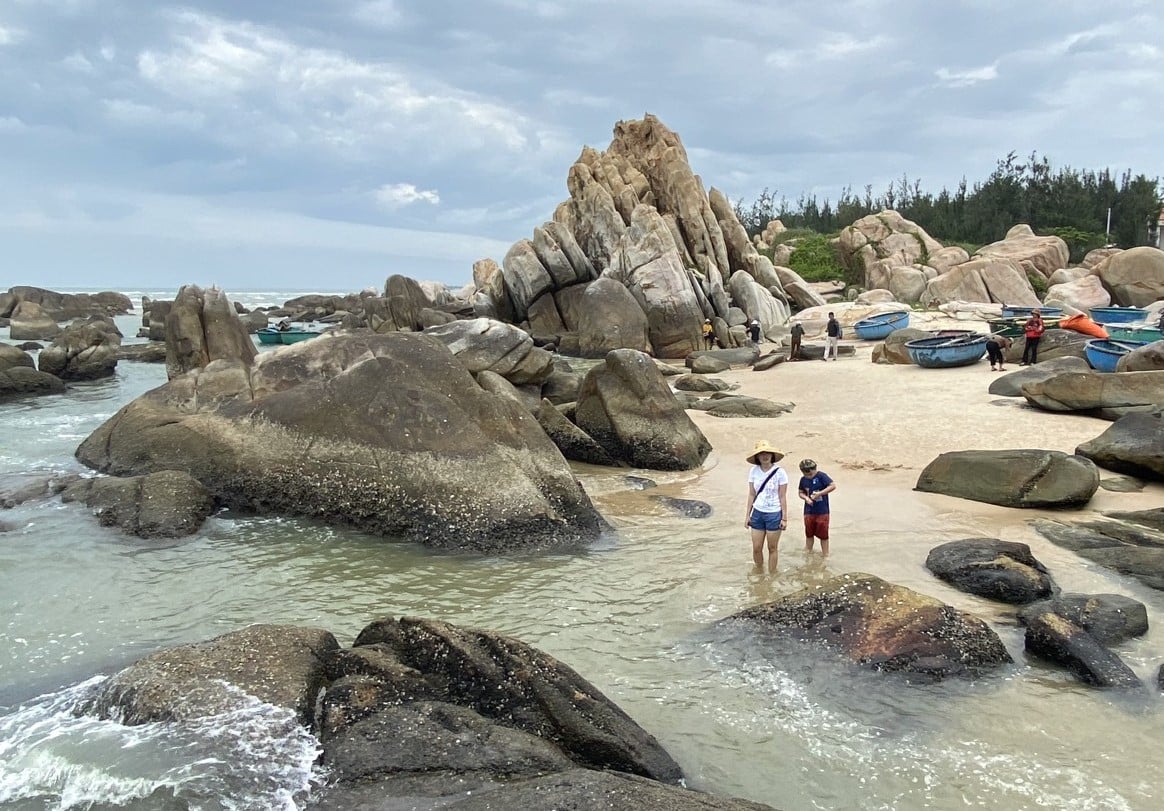
The wild beauty of Ke Ga Cape.
According to folk interpretation, this land was originally called Khe Ga by the first fishermen because of the rock slits shaped like a chicken's head, but gradually it is pronounced as Ke Ga.
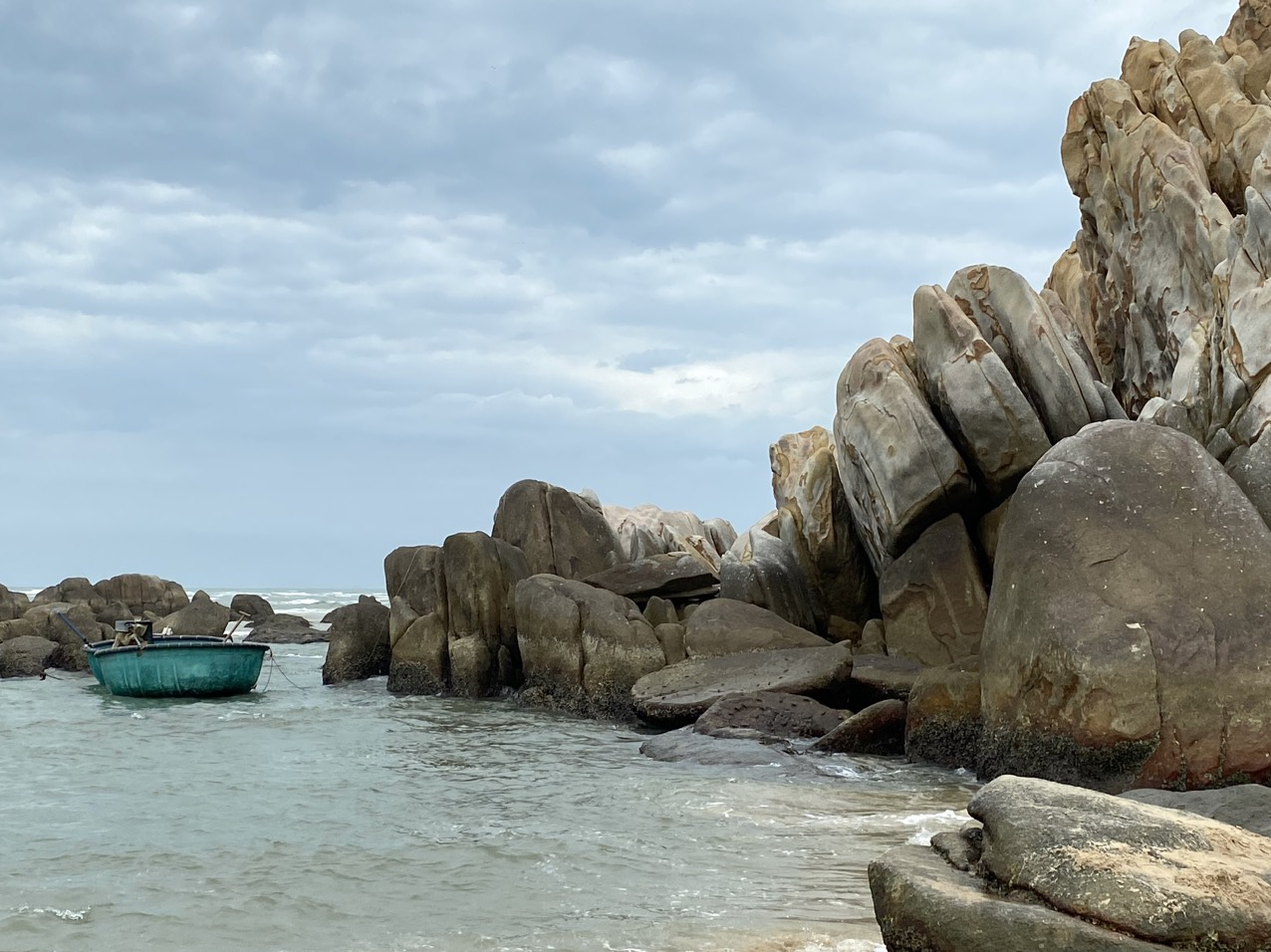
The peace of Ke Ga Cape.
The third explanation is according to the French call. At the end of the 19th century, when the French came to Ham Thuan Nam to find a place to build a lighthouse, they chose a rocky beach protruding into the sea in Tan Thanh commune and called it Ke Ga lighthouse. The Vietnamese later read it as Kê Gà.
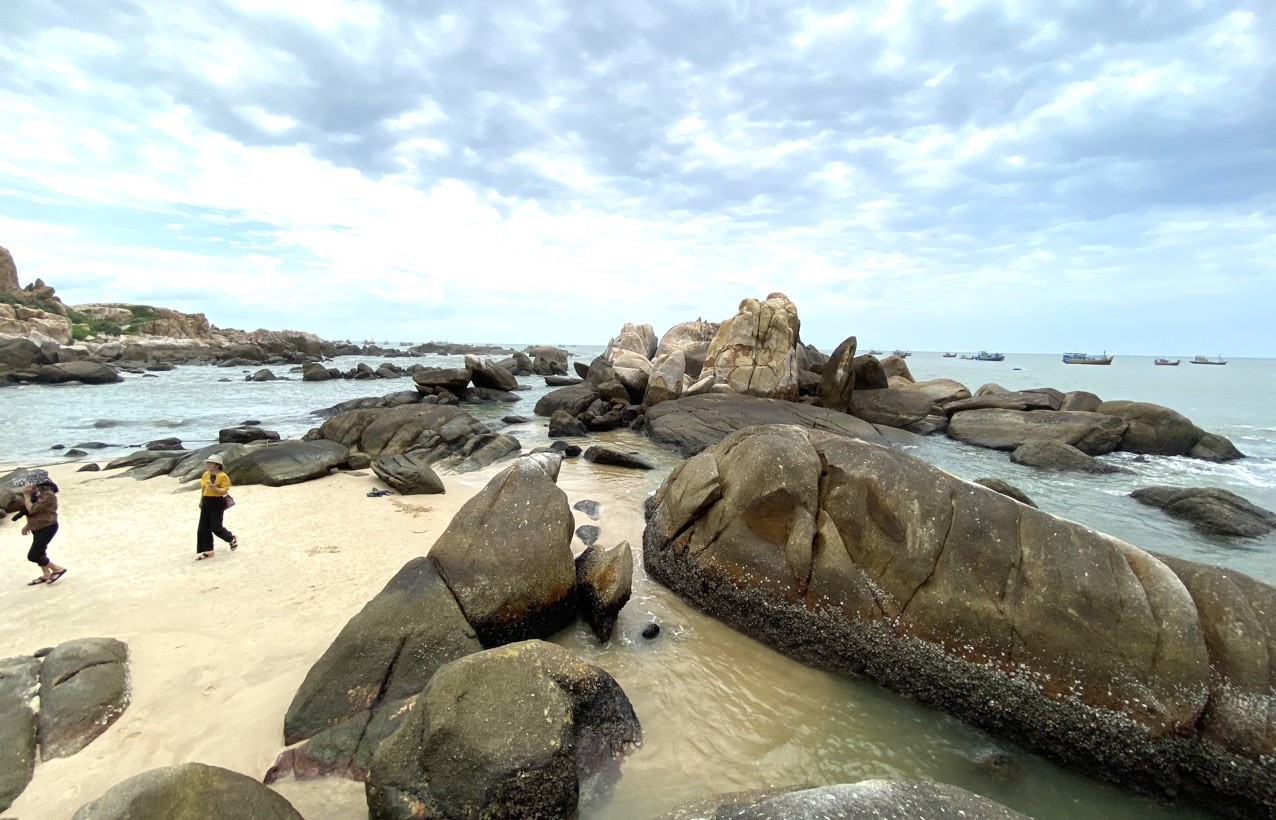
Rocks with different shapes.
After opening the Long Thanh - Dau Giay - Phan Thiet highway, there are two roads to Mui Ke Ga. The first is to get out of the HCM City - Long Thanh Expressway, then go in the direction of National Highway 51, then turn left onto National Highway 55 to reach Ke Ga Cape. The second road is to follow the Dau Giay - Phan Thiet highway, then follow the Ham Tam branch to continue to National Highway 1A through Thuan Nam town and then turn towards the Ta Cu mountain cable car junction.
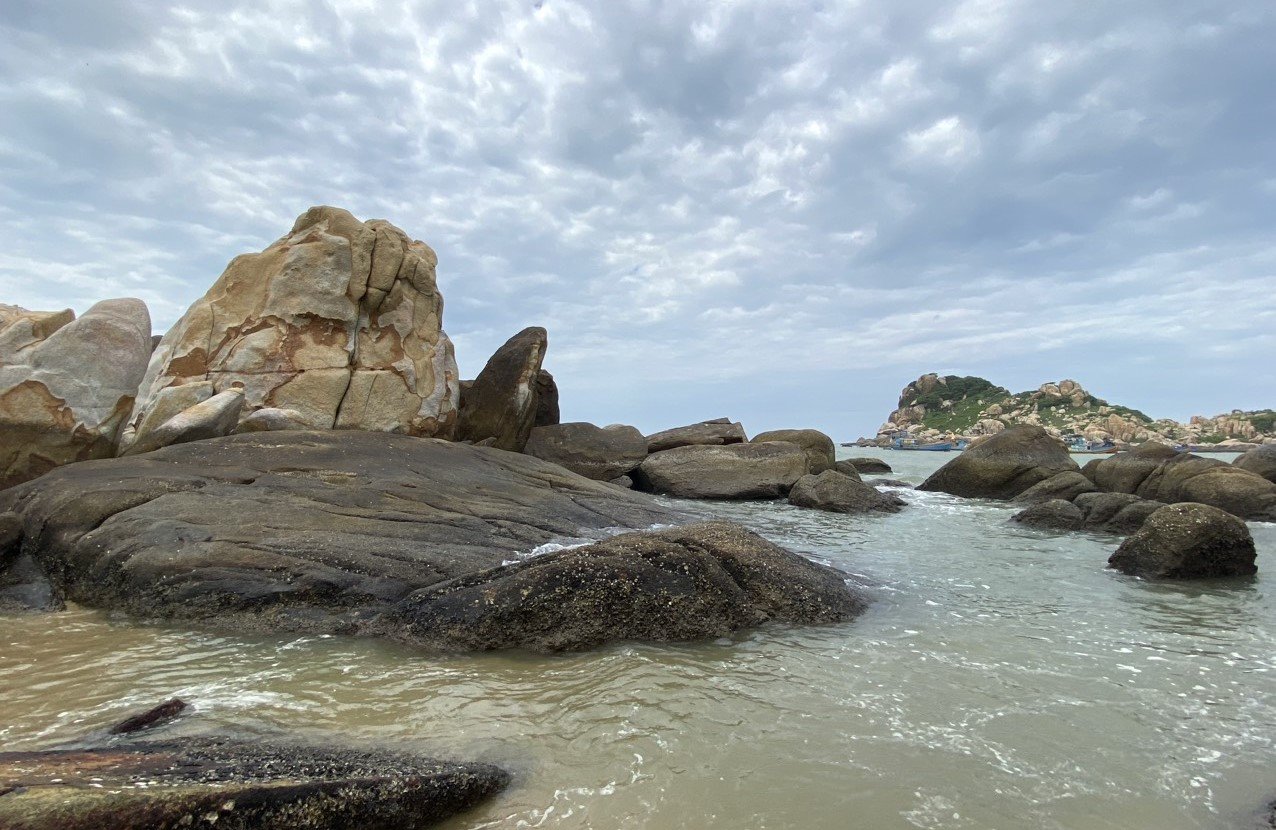
Sculpture of nature.
The most mentioned highlight in Mui Ke Ga is the Ke Ga lighthouse. Started construction in February 1897 and completed in January 1899, Ke Ga lighthouse is made entirely from materials transferred by the French. Ke Ga Lighthouse is designed by engineer Chnavat with an octagonal shape, a height of 35m, a large light bulb with a scanning radius of more than 22 nautical miles and a capacity of up to 2,000w.
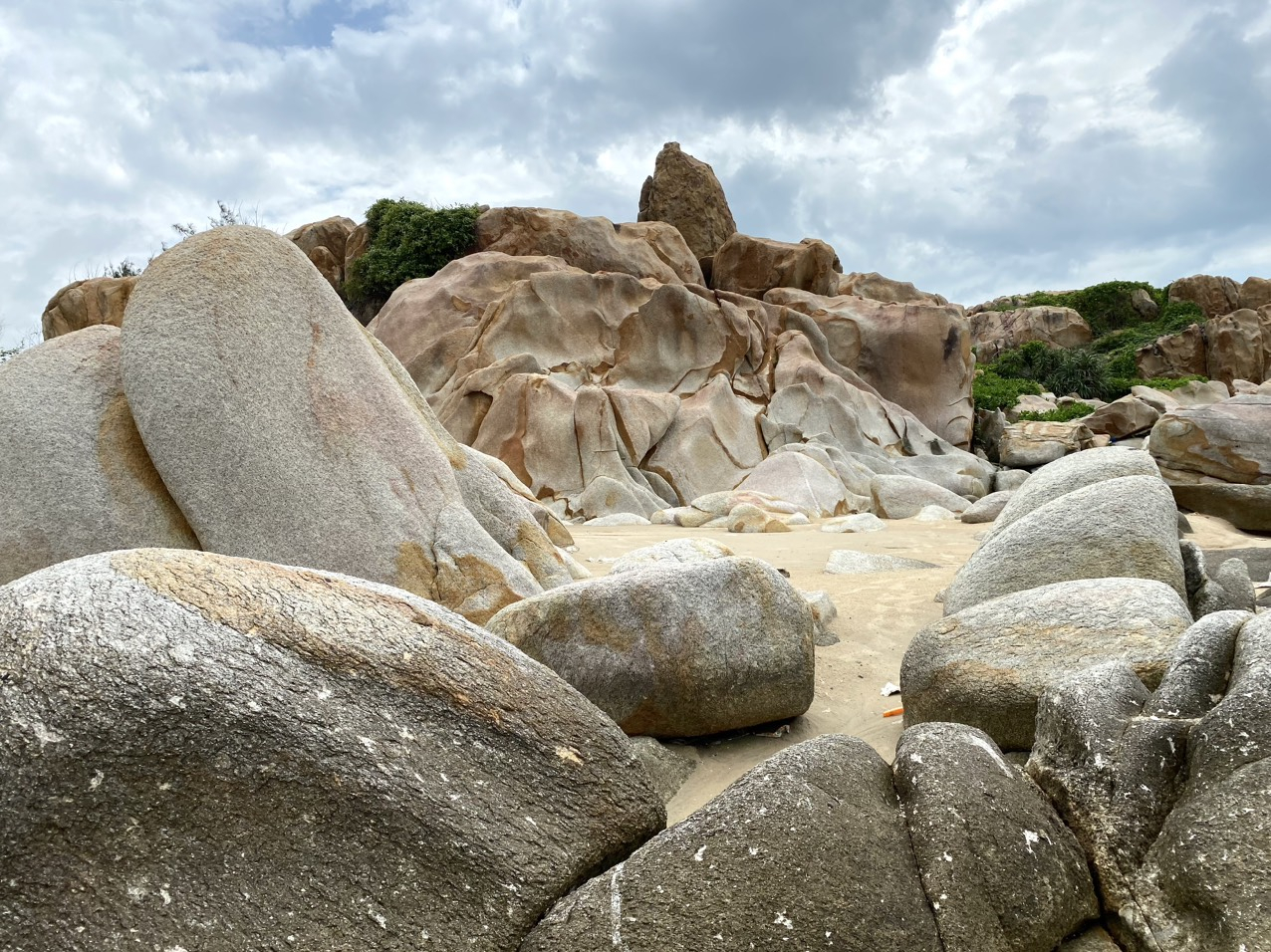
Charming golden rock.
Ke Ga Lighthouse is located separately on a small island, so it has a height of 65m above sea level. Visitors from Ke Ga village can visit the Ke Ga lighthouse by service boat. Ke Ga Lighthouse is the oldest lighthouse in Vietnam that still exists almost intact. Inside the lighthouse are 183 spiral steel steps leading to the top.
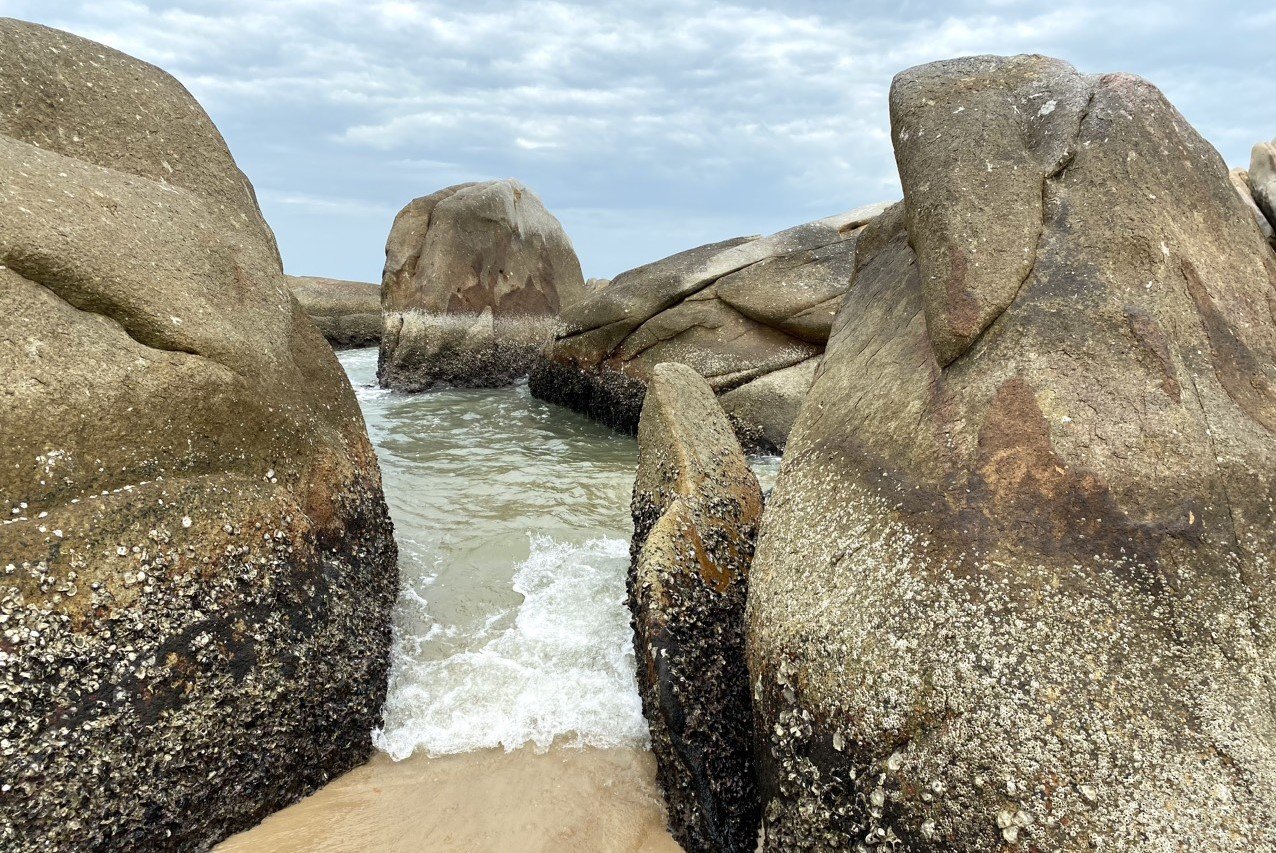
The rock crevices captivate visitors.
However, Ke Ga Cape attracts tourists with its very eye-catching yellow stone beaches. Although a few businesses have invested in tourism, Ke Ga Cape still retains its wild and charming beauty.
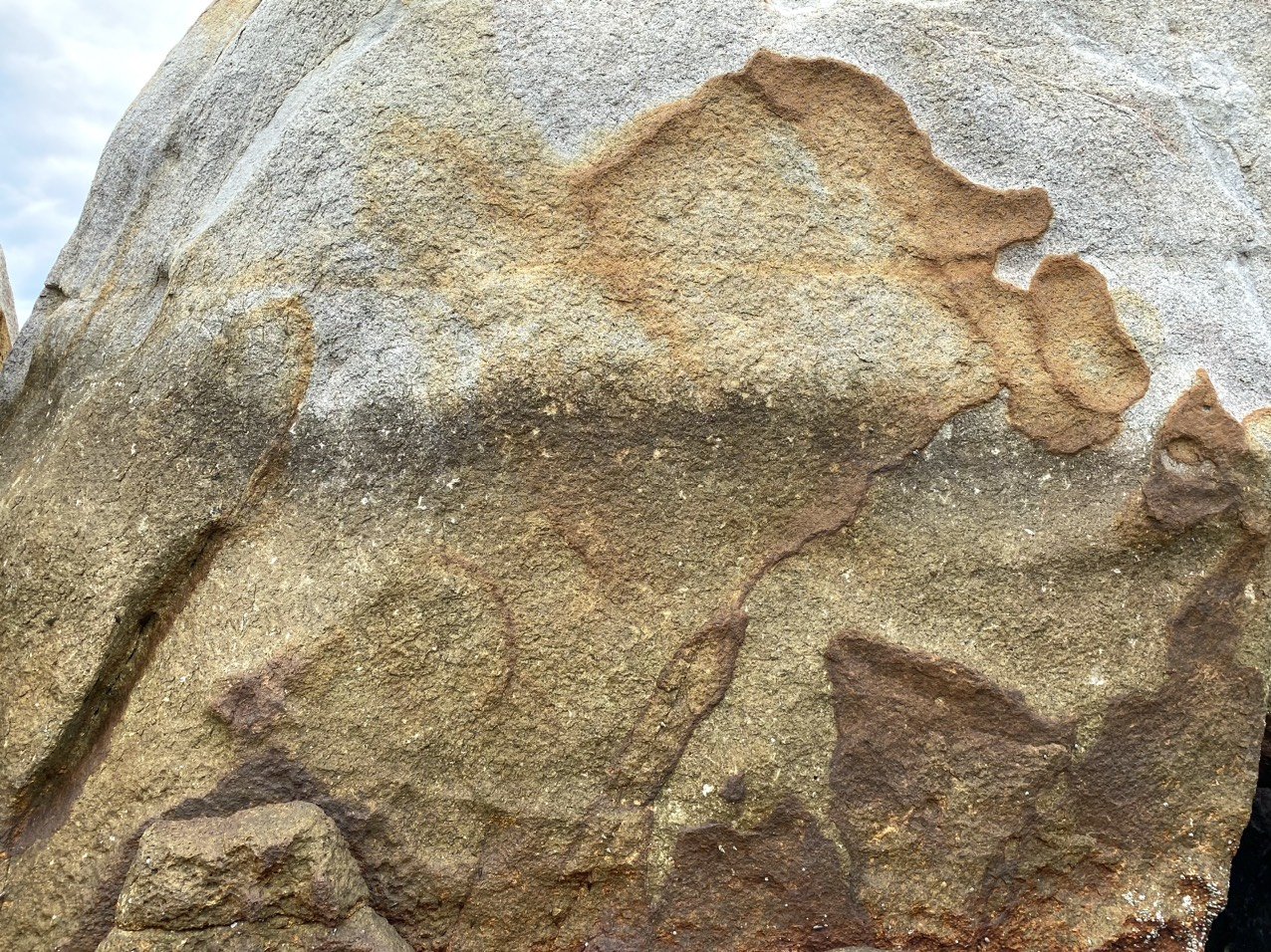
A rock painting.
The yellow stone beach with different shapes by the blue sea and white sand is really a different, peaceful and poetic space for those who want to have a few minutes to escape the noisy city.
If Phan Thiet is famous for its beautiful beaches, and long white fine sand, then Mui Ke Ga has more strange stones arranged in various shapes to create curiosity for visitors.
This place is not one of the familiar destinations for Vietnamese tourists because Ke Ga is still quite wild and remote, but many young people who travel to the bush prefer to come here to feel the peaceful atmosphere and visit the lighthouse.
A special feature of Mui Ke Ga is that there are unique rocks lying undulating in the sea. The indigenous people have long compared these rocks to a rock garden. The name Mui Ke Ga was born because the stones had gradually invaded the sea, and it was unknown which magic hand had accidentally arranged them into a shape that looked almost like a chicken's head.
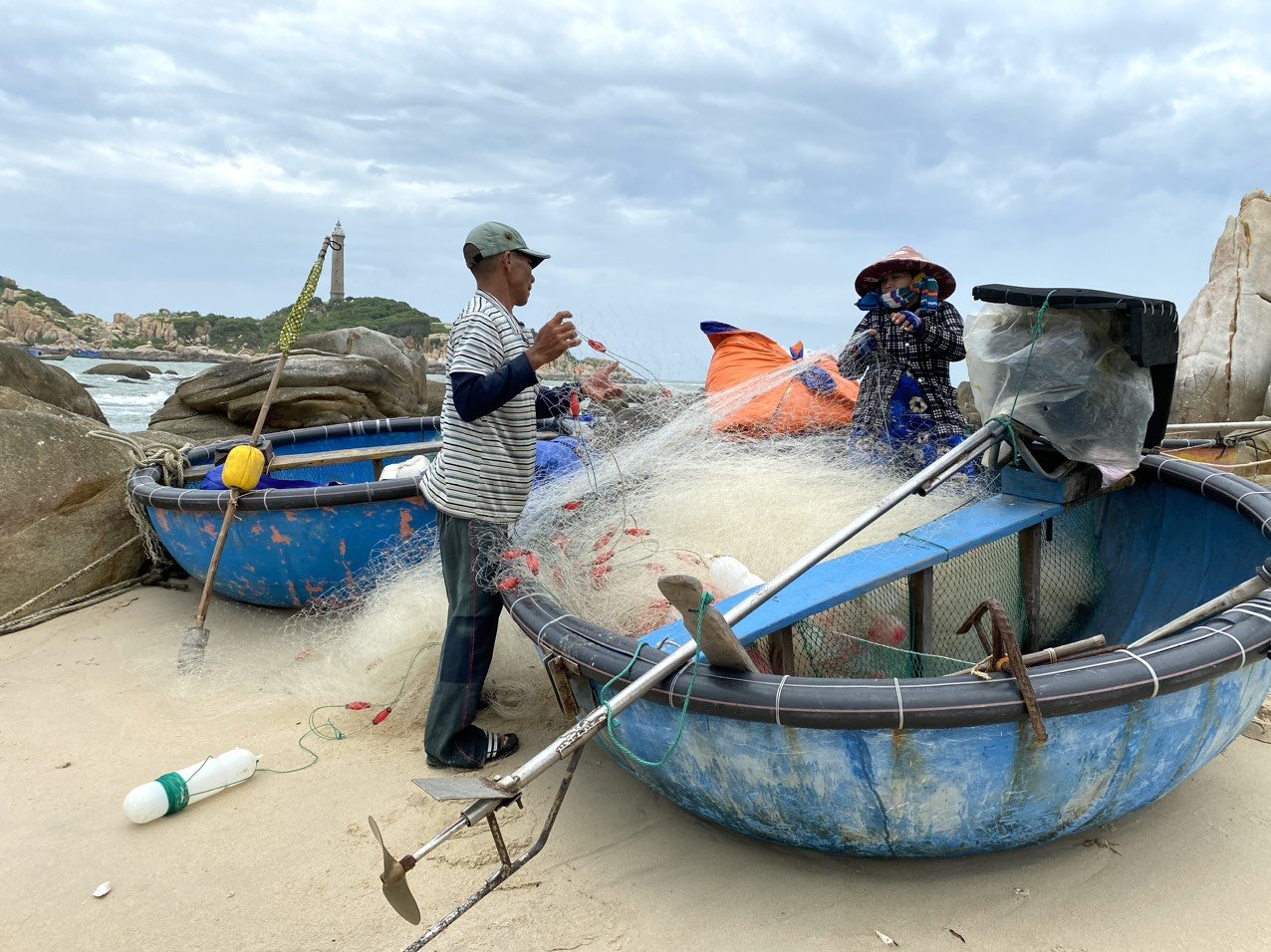
Fisherman's life in Ke Ga village.
In particular, if you take the time to observe, visitors will discover the stone burials that have been cut and arranged over time like a magnificent sculpture. At the same time, on many yellow rocks, there are patterns that are no different from impressive paintings.
Translated by Hoang Duy



![Multi-channel, multi-directional Vietnamese agricultural markets: [7] Deep processing makes global reach easy](https://t.ex-cdn.com/nongnghiepmoitruong.vn/480w/files/huytd/2025/05/16/2946-che-bien-sau-chia-khoa-vang-nang-tam-nong-san-viet-tren-ban-do-the-gioi-080603_110-093858.jpg)